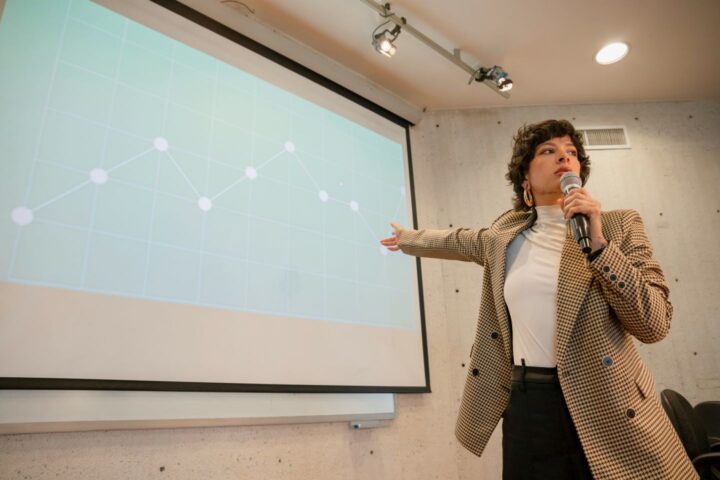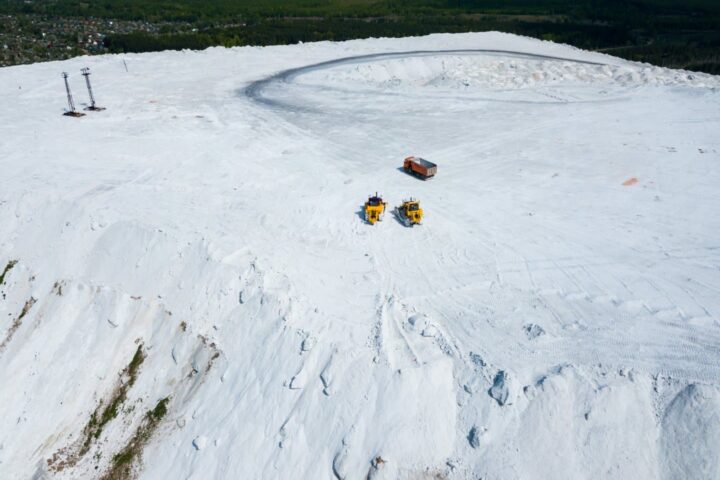As the world grappled with the COVID-19 pandemic, the phrase “social distancing” became a household term. However, new research suggests that the concept of maintaining physical distance to prevent the spread of disease may have roots dating back 6,000 years.
Neolithic Villagers and the Origins of Social Distancing
A team of researchers led by Professor Alex Bentley from the University of Tennessee at Knoxville has discovered that Neolithic villagers may have practiced social distancing to avoid the spread of diseases. The study, published in the Journal of The Royal Society Interface, suggests that the layout of ancient villages like Nebelivka in Ukraine may have been designed to contain disease outbreaks.
The Power of Urban Planning
Bentley and his team used computational modeling to simulate the spread of disease in ancient villages. They found that the clustered layout of Nebelivka, with its pie-shaped neighborhoods, would have reduced the spread of early foodborne diseases. The researchers believe that this design may have been intentional, with villagers recognizing the importance of physical distance in preventing the spread of disease.
Lessons for the Present
The study’s findings have implications for modern-day public health planning. By applying the same computational modeling techniques used in the study, researchers can test different models of disease spread and develop more effective strategies for containing outbreaks. As Bentley notes, “This approach can be applied to test different models versus contemporary disease data, such as infection numbers in US counties over time.”
Conclusion
The discovery that Neolithic villagers may have practiced social distancing 6,000 years ago is a fascinating reminder that the principles of public health are timeless. As we continue to navigate the challenges of the modern world, we can learn valuable lessons from the past about the importance of physical distance in preventing the spread of disease.

















